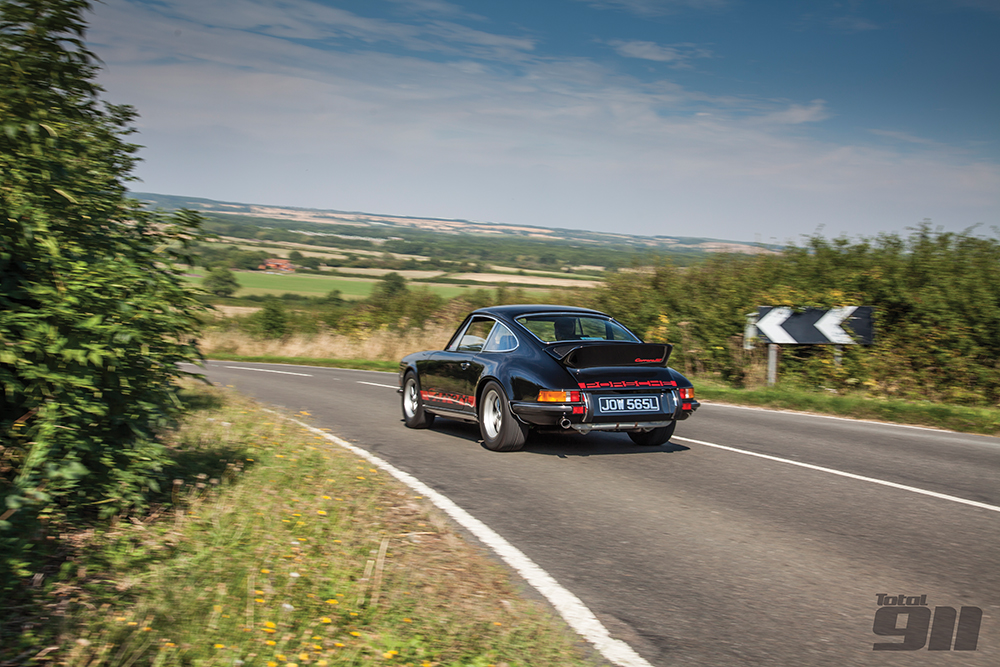Opinion: why matching numbers isn’t always important for a classic car
As values of classic vehicles – including Porsche – have climbed, so too have expectations from punters on the condition and history of these motoring gems. This is rightly so. After all, if you’re paying an exceptional premium for a product or service of any kind, you’d expect a requisite level of provenance and quality in return.
With this in mind, the debate over the need for matching numbers is an interesting one. In the current climate, we’re seeing notable classics with an accurate powerplant for the specific model trade for up to 50% less than an equivalent with the ‘all important’ matching numbers. For example, a 2.7RS with a correct yet numerically unmatched 2.7RS powerplant is worth considerably less than a matching numbers vehicle. Why?
The bottom line is we’re dealing with vehicles here. Vehicles (classic, at least) are largely mechanical objects that can falter or malfunction on occasion, requiring replacement parts. More often than not, these parts are honestly sourced to maintain the integrity of the car: if an engine has died, a like-for-like replacement is fitted, and the car lives on, much to the merriment of its owner. It irks me then that when we enter a frenzied buying climate such as now, punters turn their nose up at a car that has so evidently been used and loved in the way it was intended, rather than being wrapped in cotton wool and never driven.

In similar zest, I recently heard an interesting anecdote from one of the UK’s leading dealers of prestige cars who explained a chap flew from Switzerland to have a look at a particular classic Porsche. The asking price wasn’t big bucks, yet under the current market forecast, the car is well placed to make money going forwards. However, the prospective buyer got back on the plane without making a purchase. His reason? Not all of the paint was original, as the vehicle’s paperwork documented a respray of the front bumper through a main dealer to rid the car of blemishes from stone chips.

On hearing this story, I was as staggered as the dealer. Who in their right mind thinks that ANY usable classic car of any variety has survived up to thirty years on the road with the same factory coating of paintwork? People forget these things are vehicles, not paintings. They’re built to spend their life in the elements outdoors, transporting humans from one place to another, albeit in lavish fashion – NOT roped off in a squeaky-clean museum.
However, there is a huge positive to this whole socio-incongruity for those that share my viewpoint, for these are the people that are able to walk into an auction room and drive away in a highbrow classic for considerably less money than a near-identical counterpart, all because the perfectly accurate-spec engine in the back hasn’t been mounted there from day one. Bloody good reason to drive it as hard as it was intended then, no?
Do you agree? Comment below or tweet us @Total911 with your thoughts.

Comments (3)